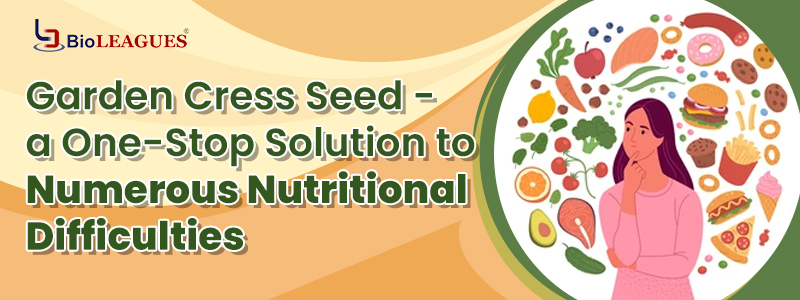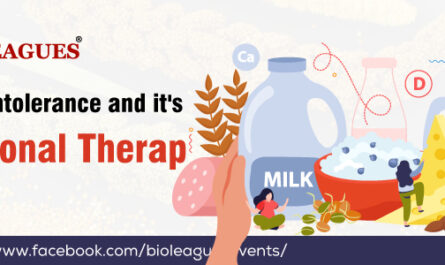Foods that supply a variety of nutrients as well as additional health advantages are in high demand these days. Most individuals believe that these meals are expensive and difficult to obtain. But in this section, I’m going to tell you about a seed crop that is not only nutritious but also inexpensive.
Garden cress (GC) is a traditional medicinal plant of the Brassicaceae family that has some qualities similar to mustard or water cress seeds. The seed is an annual herb (Lepidium sativum). This very nutritious plant may be grown with minimal inputs in any type of soil and climate. Garden cress seeds have a tiny size, a smooth texture, an oval form, and a reddish brown colour. The seeds physically resemble some oil seeds, with the dicotyledonous endosperm accounting for 80–85 percent of the seed content, while the seed coat and embryo account for 12–17 percent and 2–3 percent of the seeds, respectively.
Garden cress is well-known for its nutritional value, particularly in terms of proximate composition (moisture, ash, protein, fat, crude fibre, carbohydrate and physiological energy) and antioxidant activity. The moisture content of raw garden cress seeds is 6.25 percent and the low moisture content is an index of stability, quality and increased shelf life of flour. Ash content of flour directly related to the amount of minerals and it is 4.89 percent. In case of protein, observed data showed that the garden cress seed flour had 23.90 percent protein. The value obtained for fat content of garden cress seed flour revealed that seeds contained 12.68 percent fat. Crude fibre is insoluble residue of an acid hydrolysis followed by an alkaline one. The crude fibre obtained through chemical analysis of vegetable substances, is primarily composed of cellulose material. It was observed that crude fibre content of garden cress seeds is 8.09 percent. The total carbohydrate content of garden cress seeds flour is 44.19 and it is calculated through difference method. The physiological energy is used for the synthesis of substances needed by the body and for all activities. The physiological energy of garden cress seeds flour is 386.28.
The proximate composition of garden cress seed flour is found to be very high, especially because it contained a very good amount of crude proteins and fiber. So, consumption of garden cress seeds may improve the protein status of a malnourished population, as protein energy malnutrition (PEM) is the major nutritional problem. Seeds with such high amounts of fibre and protein and low carbohydrates may be a perfect choice for those suffering from hypertension, diabetes, and obesity to improve their nutritional status.
Garden cress seeds have a high concentration of phytochemical elements such as phenolic chemicals, flavonoids, alkaloids, tannins, sterols, glycosides, triterpenes, and glucosinolates, which give the seed therapeutic potential. Many researchers discovered that these components are responsible for the antioxidant, antibacterial, antifungal, anticancer, and anti-inflammatory properties of garden cress seeds. This seed’s protein content is also high when compared to staple crops like wheat, rice, and pearl millet. The fibre content is also fairly high, that is essential for maintaining good gastro-intestinal health and weight management. Aside from having a decent nutritional profile, this seed is not extensively consumed by the public. This seed can be used in a variety of ways, including sprouts, salad, and mixing with other flours. Many researchers have reported a considerable improvement in nutritional composition even at 5 or 10% incorporation in any other flour.
Author: Ms. Manju
Assistant professor, Galgotias University,
Uttarpradesh





